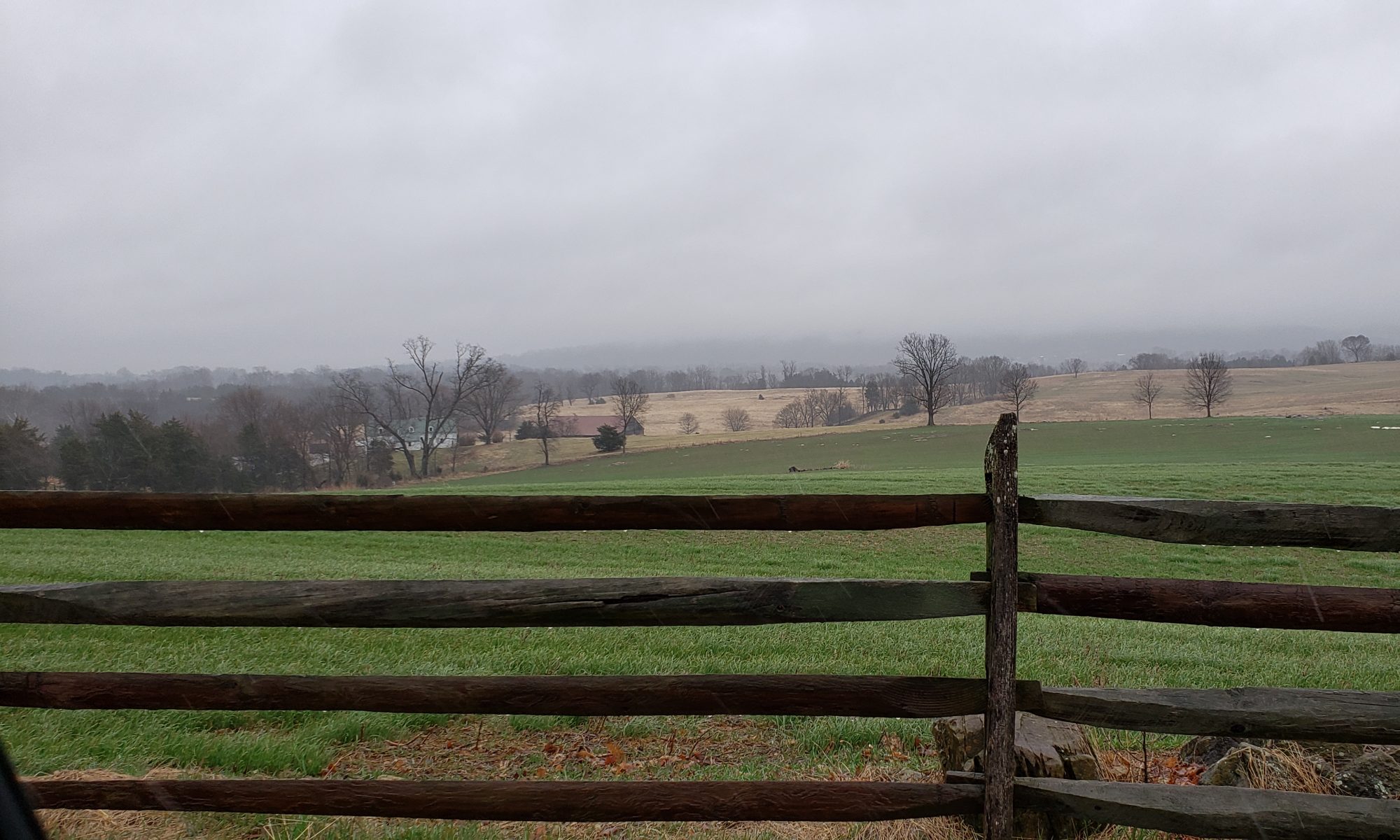This search began one summer at the beach when my wife told me a tale about a G-string. Not any ordinary G-string found on the beach. No. The G-string in the story was the name of a cat. My wife’s great-great Aunt Blanche File, a retired piano teacher in Oakland, California had a cat named G string. The cat meowed in the key of G and was named accordingly. In the 1950s, Blanche’s teenage grandnieces laughed at the old woman when she would go outside to call the cat. It was funny to hear her calling for G-string. The teenagers thought of her as an eccentric, doddering, old-fashioned woman who wasn’t quite with it any longer. An amusement.
What her grand-nieces didn’t realize is that Blanche had a very interesting and action-packed life. In the 1880s most of Tulsa, Oklahoma, then in the Bad Lands, turned out to watch Blanche get full immersion baptized along with her brother in the middle of the Tulsa River. Her Baptist minister father ran a mission there for Native Americans.
In 1910, with the File family now moved to Oakland, California, and having survived the 1906 earthquake, Blanche was called to be a witness for the prosecution in a scandalous attempted murder trial. A trial followed by the national press. For a few days, Blanche and her testimony became national news. However, the trial and its aftermath were forgotten by her family. Blanche apparently never spoke of it. I only found out about it because I Googled Blanche on a whim after hearing the G-string story, and to me and my wife’s surprise, up popped the newspaper articles about the murder trial from 1910 and Blanche’s testimony. Some Sonoma County, California blogs popped up as well. The scandal is still a topic of discussion and folklore in Sonoma County, the location of the attempted murder. The trial and its story are also still of interest because as noted in a previous post, the defense and prosecuting attorneys are significant figures in California political history.
So where are the items to illustrate the story in a short six-item Omeka post to be found? The participants, and most if not all of their children are long dead. The documentary record can be found in Google books, newspaper archives, the collections of participants papers where they exist, and the trial, appeal, pardon, and prison records are in the California State Archives. Google books and a large number of the newspapers are online, and where they are publicly held as in a State Library system, are accessible as open source. Some of the newspapers are only accessible behind paywalls and come with a copyright restriction. The personal papers of Governor Hiram Johnson are available on microfilm and hard copy at the University of Berkeley Bancroft library. However, no photographic reproduction is allowed. A number of the items I would like to post fall into this category are not useable. An example is the agreement wherein Dr. Burke retained Johnson’s services as a defense attorney. Some of Johnson’s diary entries are accessible online but come with similar use restrictions.
The trial, appeal, and pardon records are only available in hard copy at the California State Archives in Sacramento and when accessed are open source and can be displayed open source. Luckily, I’ve done the research in Sacramento and have photographic copies that can be used from the trial, appeal, and pardon.

